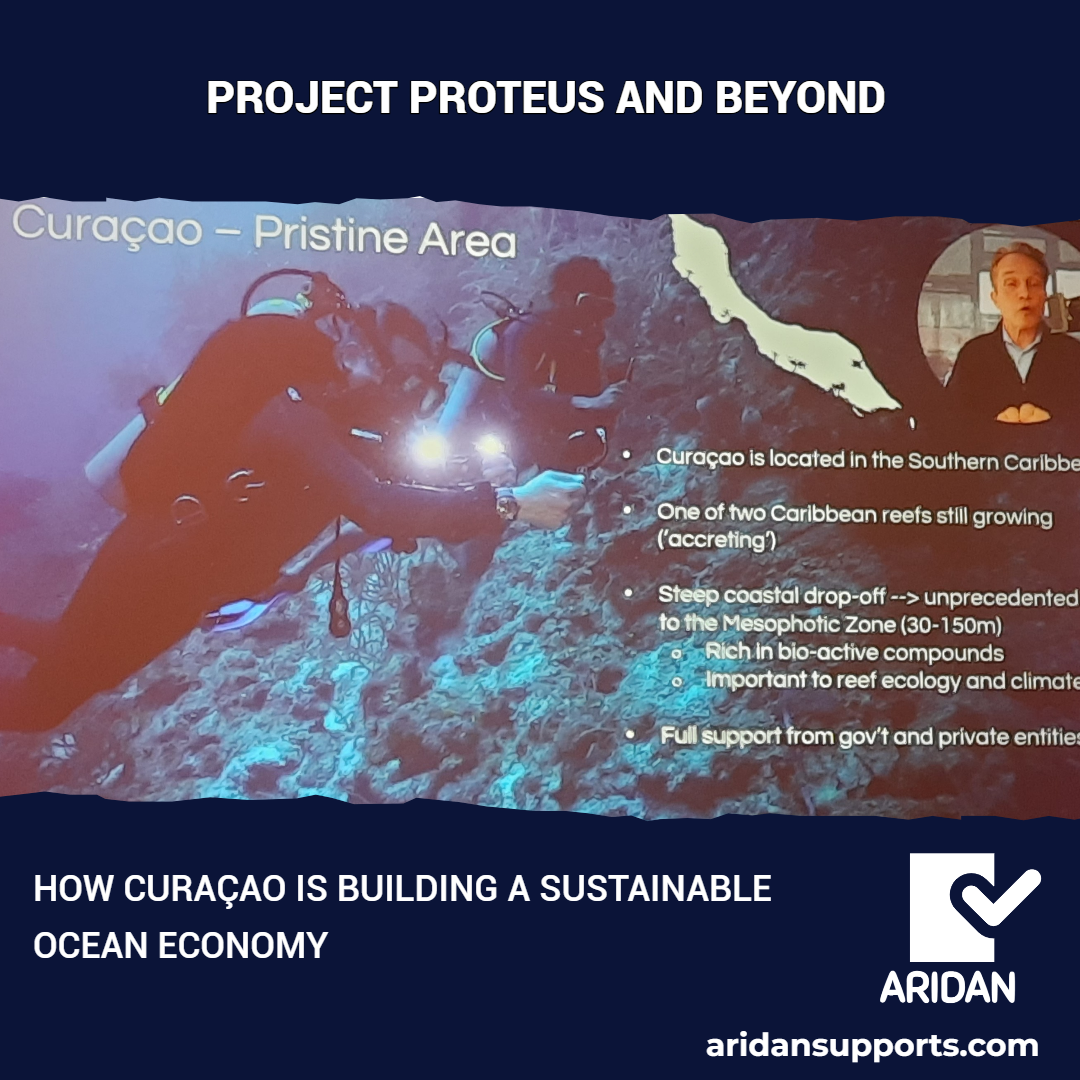“Leading People is Loving People” I once heard this statement at an event. Some people think it is absurd, but is it really?
The difference between managing people and being a leader was pointed out as “while the managers issued directives and orders, the leader uses requests to obtain results”. When these requests are made by leaders, the results may be different, especially when dealing with teams.
NO MAN LEFT BEHIND
Every leader has a group of people who look up to them for guidance, and it is the leader’s responsibility to ensure that everyone in the team is successful. In the workplace, the concept of a team should be based on the phrase “No Man Left Behind,” but today this concept is not applicable because the general mindset of team members is more inclined towards competing in a “Rat Race.”
Everyone is desperate to make it even if it means achieving success to the detriment of his or her opponents. This may sound dramatic but if you take a minute to look around you will discover that the work environment in well-known companies is majorly characterized by negative attributes such as ego, greed, and envy which are prominently evident.
A STRONG TEAM
Leaders should support their people to attain their highest potential rather than sabotaging their efforts. Moreover, when they become successful, the leaders will also benefit from the success achieved through interdependence. A team is successful when the leaders recognize the strength and weaknesses of each team member and assign them tasks that they can perform excellently. Leaders should be humble rather than arrogant when leading the team.
Being a team member is not about how you function independently but how much you can cooperate with others while encouraging each other. It is commonly said that leadership is a ‘calling’ and it cannot be learned. It is not possible for everyone in the team to function as a leader, but this is not an indication that teams cannot be successful. On the contrary, if every team member’s proficiencies are identified and used, there will be higher chances of attaining success especially when the leader has the right attitude.
A good leader should identify the different personality types within his/her team and know how to lead them. It is very common to find the following team member characteristics in the workplace:
- result-oriented
- relationship-focused
- process and rule followers
- innovative and disruptive thinkers
- pragmatic
Good leaders should empower and respect their employees while making efforts to understand and value each team member.
Good leaders have integrity and high moral standards. They are enthusiastic about encouraging collaboration among the team. Unfortunately, most leaders today lack these attributes.
NEW GENERATIONS DEMAND NEW LEADERSHIP STYLES
In this era, businesses are confronted with disruptions from new technologies, social media, and generational differences in the workplace. The new generation disregards the rules and levels of bureaucracy. The traditional company structures are being rejected. Acknowledging the different generations and trying to understand their point of view can go a long way:
-
- Silent Generation/Builders (1928 -1945)
- Baby Boomers (1946 -1964)
- Generation X (1965 – 1980)
- Generation Y/Millennials (1981- 1996)
- Generation Z (1997-2012)
Generational diversity can be beneficial if the groups are willing to listen and learn from each other. In many cases, the groups go
against each other resulting in work confrontation, unhappy employees, and unexpected resignations.
Employees would instead choose the option to approach their leaders directly. The millennials tend to appreciate leaders who operate an open-door policy. This is why millennials inquire about the company’s culture during job interviews. They have become selective when making choices regarding job offers.
The concept of working from 8 am to 8 pm is no longer appealing. The new generation is more concerned with achieving a work-life balance. They search for jobs that are suitable for their lifestyle. Leaders who recognize these needs and make efforts to implement changes in their companies show that they care about their team and that in the long run, the company’s goals will be achieved. But you also see how the boomers are embracing the idea of a better work-life balance and early retirement.
FINAL THOUGHTS
Let’s take a minute to revisit the phrase “Leading People is Loving People“, I know it sounds sentimental: How can a leader love their employees? In this context, love refers to respect, understanding, showing care, and appreciating your employees. Not sexual harassment! It has a lot to do with faith, as well as, love for human beings.
Offer personal development opportunities for the team to improve their performance as every employee should be given an equal opportunity to succeed.
Organize “meaningful productive meetings” and listen to what your team has to say, otherwise, it would be a waste of time. How many leaders are actually applying these principles in the workplace?









